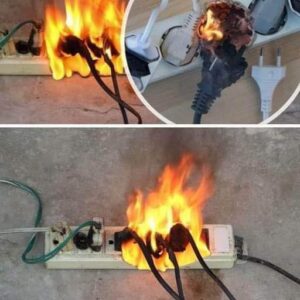The world’s worst stadium disaster occurred exactly 50 years ago in the Peruvian capital Lima. More than 300 people died – but the full story has never been told, and possibly never will be.
“The police didn’t let their dogs loose but they did let them tear his clothes off,” recalls Hector Chumpitaz, one of Peru’s football legends, who was playing at the time and saw the tragedy beginning to unfold.
“The people were getting disturbed by the way in which they were taking the pitch invader away. It was driving them mad.
“We don’t know what would have happened if they had removed him in a peaceful fashion, but we can’t think about that now.”
Chumpitaz went on to gain more than 100 caps for Peru. He captained the side at the 1970 and 1978 World Cups, but he almost gave up football after this disastrous match, at the start of his international career.
Hosting Argentina on 24 May 1964, Peru were second in the table at the half-way stage of South America’s Olympic qualifying tournament. Confidence was high, but with Brazil awaiting in their last game, Peru realistically needed a draw at least against Argentina.
er, Kilo Lobaton, raised his foot to block and the ball rebounded into the goal – but the referee said it was a foul, so he disallowed it. This is why the crowd began to get very upset.”
In quick succession, two spectators entered the field of play. The first was a bouncer known as Bomba, who tried to hit the referee before being both stopped by police and manhandled off the field. The second, Edilberto Cuenca, then suffered a brutal assault.
“Our very own policemen were kicking him and beating him as if he were the enemy. This is what raised everybody’s anger – including mine,” says one of the fans in the Estadio Nacional that day, Jose Salas.
Within seconds, the crowd were launching a variety of missiles at the police. A couple of dozen more people were trying to reach the pitch. Reading the mood, Salas and his friends decided to leave.





